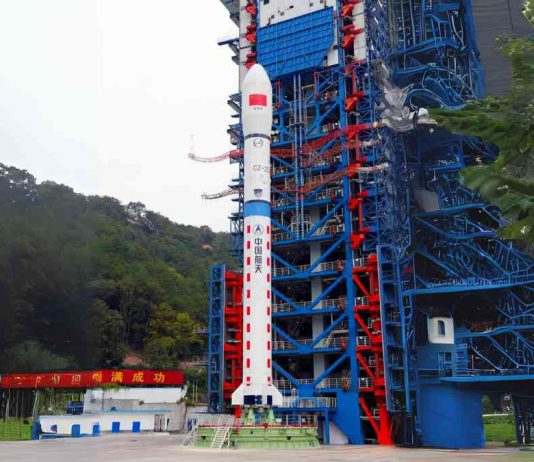China has taken a decisive step towards establishing its own satellite-based internet system, akin to SpaceX’s Starlink. This initiative, known as the Guowang project, marks China’s entry into the rapidly evolving sector of space-based internet services.
The China Aerospace Science and Technology Corporation (CASC) recently announced the successful deployment of a test satellite, signifying the commencement of the Guowang project. Launched from the Xichang Satellite Launch Center aboard a Long March 2D rocket, this satellite is a critical component of China’s ambitious plan to create a megaconstellation of satellites in low Earth orbit.
This project, which first came into the limelight in 2018, gained substantial momentum in 2020 when China requested spectrum allocation from the International Telecommunication Union. The Guowang constellation is set to comprise 12,992 satellites, operating between 500 and 1,145 kilometers above the Earth and across various frequency bands. This extensive network aims to provide global internet coverage, positioning China as a direct competitor to Starlink.
However, the Guowang project’s scope extends beyond providing internet connectivity. Recent reports suggest that the Chinese military might use this satellite network for surveillance purposes, adding a strategic dimension to the initiative. The Guowang satellites are capable of reaching higher altitudes than Starlink, equipped with technology to potentially neutralize competing satellites. This includes the development of advanced radar systems and the capability to deploy high-powered lasers or microwaves, as indicated by Xu Can, a professor at the Beijing University of Aeronautics and Astronautics.
The strategic implications of the Guowang project are profound, reflecting China’s broader ambitions in space technology and its desire to challenge Western dominance in this field. The potential military applications of the Guowang constellation highlight the dual-use nature of space technologies and underscore the growing importance of space as a domain of geopolitical competition.


